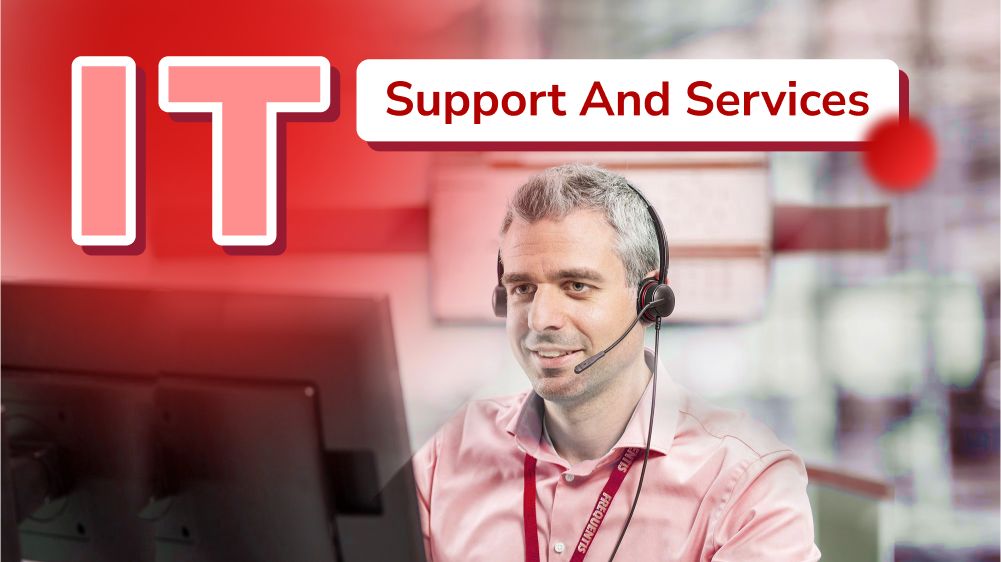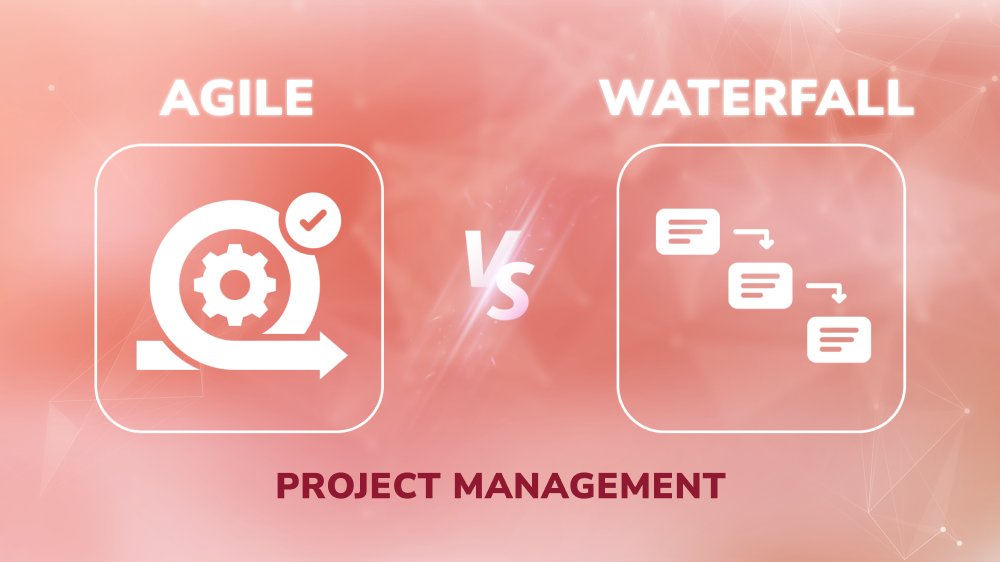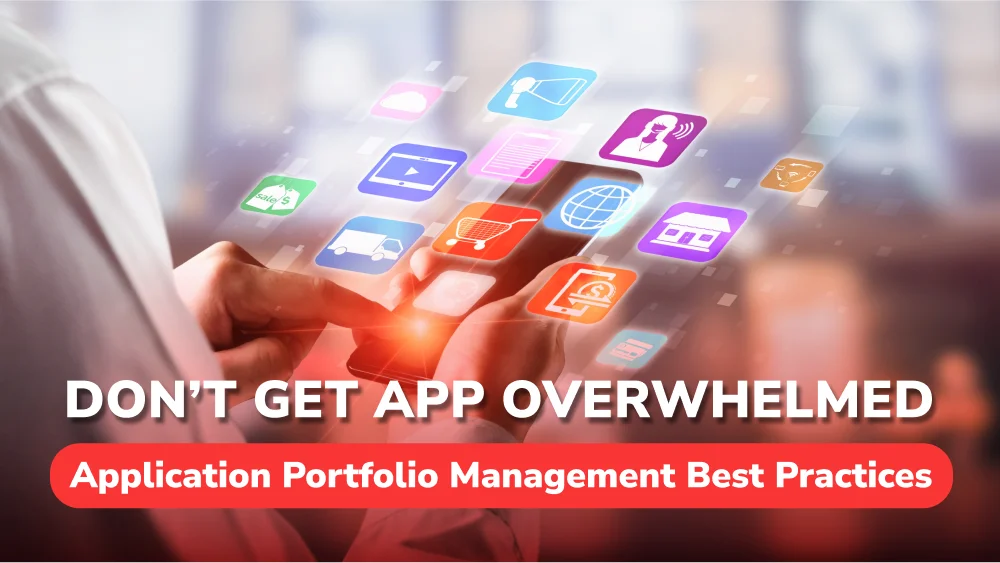How to Optimize Your Enterprise Software Development Process

Content Map
More chaptersGlobal IT investment in corporate software was around 783 billion US dollars in 2022, up 7.1% from the previous year. A report from the U.S. Department of Defence said that just 35% of the $37 billion in IT project investment for the fiscal year ending in 2020 was completed within budget.
Hence, it is imperative to understand and optimize the enterprise software development life cycle to minimize risk and grow business resiliency.
Understanding Enterprise Software Development
You must first understand something in order to use it to its fullest potential. Here is a brief overview of enterprise software development.
Enterprise Software Development: Definition and The Types
Enterprise software is a vital component of technology for core operations and processes. It comprises programs like customer relationship management (CRM), ERP software, supply chain management software, accounting software, etc.
Enterprise software development (or enterprise app development) refers to the process of developing custom software solutions that are made specifically for a company or organization.
The enterprise software market is growing fast. Not only to boost performance or effective management but it is also because many organizations are looking to enter the global market. Although each company has unique needs and its own custom enterprise software, the software itself often belongs to one of the following six types.
- Business Process Management
- Relationship Management (CRM)
- Content Management System (CMS)
- Accounting Software Customer
- Master Data Management (MDM)
- Asset Management
Enterprise Software Development Process: Stages of Development and the Best Practices
After understanding what enterprise software development is, it is time to closely examine its phases and elements leading to a successful enterprise software system.
Another note we would like to make is that a must-have for every software development project’s success is proper project management. We will not be diving deep into the topic in this article, but if you are in need of an in-depth, easy-to-follow guide, check out our article on project management for software development.
Enterprise Software Development Phases
No enterprise software development project is the same. Even then, there are still typical phases almost every project goes through.
Step 1: Requirement analysis
This is when the stakeholders and board of directors sit down together and work out what they want and need from the software. At the end of this step, it is expected that there will be a clear picture regarding the following:
- The ultimate goal of the software
- What operations should the enterprise software perform
- The applications’ intended users
- The estimated timeline
- The budget and key talents needed
- Project scope
- Any other problems, for example: do the enterprise apps need to integrate with any existing software?
Spending time to think and answer these questions allows you and your team to select the most fitting software development partner with further insights regarding the software.
Step 2: Research
The information gathered from the first step is then used to create a document. Most of the requirement is finalized at this point, including the technical requirements (development methods, program language used, and so on).
The document should then be shared so everyone stays in the loop and is clear about what the expectations are.
The team would also go over the requirements in the document again and examine its feasibility - this includes the budget feasibility, timeline feasibility, technology feasibility, legal feasibility, and operational feasibility.
Step 3: Design
The document from the second step is now used to design the modules of the software solution.
This includes the design of the general logic like the database tables, modules’ names, and the relationship between them; to the user interface or error messages.
The designs do not need to be flashy. They are particularly useful when you need to put together user flows to demonstrate the apps’ features.
Step 4: Coding
Coding your enterprise software often takes up most of the time in the timeline. Not only is this task time-consuming, but it is also very taxing. Hence, despite the importance of tracing and tracking the process, the project manager should not be too pushy and instead be accommodating when possible.
Since no enterprise software development is the same, it is hard to say how long the coding process will take. This depends on the complexity of the project itself and the number of people working on it.
Once all the modules have been developed and put together and there are no longer any conflicts, it is time to move on to the next step.
Step 5: Software Testing
To make sure the software works and supports the business processes as intended, it needs to go through testing by the QA (Quality Assurance) team. The testing process doesn’t necessarily happen only after the coding stage; it often happens during the coding phase, too.
The QA team’s job is to evaluate a software application’s functioning to determine whether the software is error-free before it is released. The team often performs security testing, usability testing, performance testing, and code checking.
Step 6: Deployment
Once the project manager has checked and ensured the bugs are fixed, and other requirements are met, the enterprise software is ready.
Step 7: Maintenance and Support
Maintenance and support refer to the period after the rollout date until the end of the contract. In the case of custom software, the release of the finished product marks the start of this phase, and it lasts until the software has reached its expiration date or all support issues have been resolved.
Activities in this phase involve cyber security updates and patches for any undetected bugs or updates per the client’s requests.
Enterprise Software Development Best Practices
Developing enterprise software takes a lot of time, money, and work. It only makes sense that businesses would want the applications to succeed and bring value to the business processes. Successful enterprise software applications have a few things in common.
- Flexibility & Scalability: Any seasoned software architect understands the importance of software’s flexibility and adaptability. It is clear this practice is needed to accommodate the changes of a business as it grows and heads out to larger markets. It is also to save costs so companies don’t need to replace the entire enterprise systems to meet new demands.
- Streamlined Business Processes: A good enterprise software solution doesn’t necessarily introduce entirely new systems, features, or functions. It is considered successful when it delivers the same (or better) processes and resolves the existing pain points.
- Seamless Integration: Integrated systems can boost productivity and reduce third-party involvement. The advantage of building custom software is that you get to decide whether the systems integrate or not - and this should be considered at the very beginning of the project development.
Enterprise Software Development Costs
What are the costs of an enterprise solution?
As much as we would love to give you an estimated range of $80,000 to $150,000, we can’t. It depends on numerous factors: the goal of the software (business intelligence, enterprise resource planning, etc.), the project scope, the complex data involved, the number of talents needed, the tech stack, and the list can go on forever.
Stay in the Game: Talk to The Right Experts

In order to get the most out of enterprise application software, we strongly suggest you contact experts to get a better insight and estimated cost for your software project.
Analysts have suggested that companies will only invest more to strengthen the business’ digital resilience. It is time you grow yours with the help of experienced partners like the Orient Software team. The team consists of dedicated team members with solid ethics and a strong sense of collaboration and responsibility. Contact us to build your ideal enterprise solution - our goal is to build secure, scalable, and flexible software for your business’ success.







